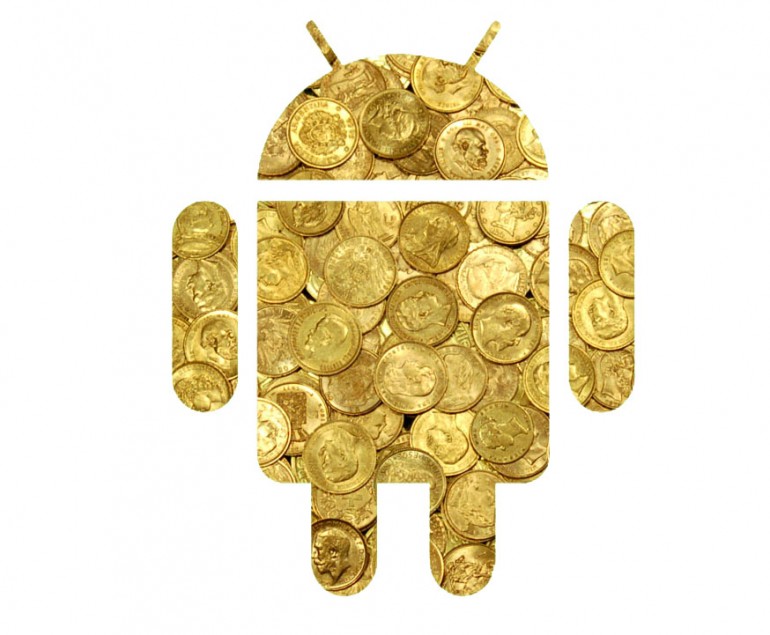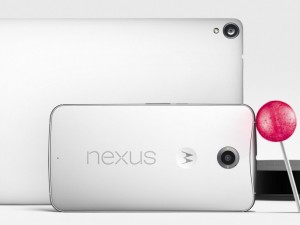
Last year, smartphone purchases outnumbered those of non-smartphones for the first time. There were 102 billion app store downloads that amounted to $26 billion in revenue – a figure that, if Gartner’s estimations prove correct, will amount to $77 billion by 2017. But with a very small percent of mobile apps making a very large portion of these revenues, and with Apple, Amazon and Google all taking substantial cuts from their clients’ app-associated sales (30%, 30% and 10% respectively), creating a monetization model that works well for your app is crucial if you want a piece of the pie. Here are a few of the ways apps can be monetized, to get the wheels turning about a process that is very much not one-size-fits-all.
Pay-Per-Download Apps
Selling apps upfront is the most direct route to monetizing your application. It’s a common economic model – create a product, then sell it. The benefit of this model is that fees are collected upfront, so creating a strategy to retain your users is not quite as important as it is with the other models. The downside is that it drastically raises the barrier of entry for consumers. Over 94% of applications downloaded in 2013 were free. Is your app good enough that users can justify paying it before they know what sort of value they are getting from their purchase? The best apps suited to pre-paid app revenue models are those which fill a very niche need and offer premium services, or otherwise are cheap enough to lower that mental barrier (think the $0.99 app).
Pros: Fee is collected upfront.
Cons: Raises barrier to entry for consumers.
Freemium and In-App Purchases
The term “Freemium” in the app world refers to applications that can be downloaded for free, and instead drive revenues via in-app purchases or upgrades. It is common for applications to provide an ad-free upgrade for improved UI, or offer content or in-game currency that can be purchased for a small fee. Freemium models work very well for games that are engaging (read: addicting) enough to keep users spending. Likewise, applications that provide a service for certain content that comes with a price tag would benefit from this model – think, for instance, an audiobook app that is free for download, but requires separate purchase of each audiobook within the app’s bookstore.
Pros: Increase initial app downloads by providing the app free of charge.
Cons: Must have a highly engaging strategy for in-app purchases.
Affiliate Marketing and M-Commerce
Niche affiliate marketing took the SEO world by storm many years ago, and its premise translates pretty well to generating income with mobile apps. Affiliating with external retailers and vendors that will offer a percentage of each sale driven by your referral can be a great way to make money if you are motivating enough of your users to make purchases. WANELO is a prime example of this business model – its sole purpose is to connect consumers to products that they love (or want, or need, hence the name: wa-ne-lo). Unlike SEO affiliate marketing, however, your app has to provide more than just a high rank for search terms. The service has to be appealing; WANELO connects with a specific demographic and showcases goods that are unique enough to draw attention. Can your app do that?
Pros: No need to sell your own goods or services – everything within your app can still be offered for free.
Cons: The app must be clever enough to fill a need that extends beyond just “selling things” – otherwise, why wouldn’t your users just go directly to the vendor?
Subscriptions
Subscriptions work well as a revenue model for apps that have a previously-invested user base from non-mobile services. Magazine and music/video streaming applications, for instance, often offer separate mobile subscriptions so that their users can get additional benefits delivered directly to their smartphones. The Wall Street Journal and Pandora apps are prime examples of subscription models that work.
Pros: Subscriptions can often come with a higher price tag than pay-for-purchase applications, and with yearly subscription packages they can amount to quite a lot of revenue upfront.
Cons: Subscriptions are off-putting to new users. This is a better model for companies that preexisted their mobile applications, or otherwise have a good value reputation.
Display Advertising
Traditionally when you think of display advertising, you probably think of banner ads that are disruptive to the overall user experience. While some advertising partners do still use this model (thinking if it works for the desktop it will work for the small screen), there are other ways to incorporate mobile ads into your monetization strategy. Push notifications, rich media, and mandatory or incentivized video commercials all comprise alternatives to banner ads that can generate just as much revenue without deterring users from using your application.
Pros: Your revenue comes from ad partners, not from the user, so you’re likely to gain and retain more users.
Cons: Sometimes advertising methods are intrusive and deteriorate the user experience. Circumvent this issue by sensibly accounting for where and when advertisements trigger within your app’s UI. Additionally, ad revenues are not always significant until you have a huge user base to gain impressions from.
Merchandising
If you’ve generated a large enough user base to create a franchise of your own (think: Angry Birds), then you may be in the market for selling branded merchandise. If your users are loyal enough to wear your brand on their T-shirt, this is a great way to cushion your income.
Pros: Merchandising is great because it provides direct and indirect revenue – users purchase merchandise and thereby increase awareness of your brand by wearing or using it.
Cons: If you’ve made it this far, you’ve probably already generated a good chunk of change from your app. Just in case, though, be wary and don’t invest too much in merchandise upfront – this could lead to losses if it fails.
Selling Ownership
If you’ve created something that can be adapted to suit a variety of use cases, then you could benefit from making your API available to other coders – for a price. Likewise, if you white label your application’s source code, other vendors in the marketplace can then make small changes to make it suit the needs of their specific application. Lastly, you might benefit from a whole acquisition, if you do not have the time or resources available to expand your already-existing application. Apptopia has a marketplace that links app sellers to buyers.
Pros: This process can be very lucrative.
Cons: This is not a thorough business model; ultimately, convincing someone to buy the rights to source code or your entire application can be more challenging than convincing a user that they could benefit from what you’ve created. The first step is to create something worthwhile. If your app can benefit from this monetization strategy, it should also be feasibly adaptable to one of the other monetization strategies detailed here.
For all applications, user acquisition is the most important component of an effective monetization plan. Without users, your application can’t flourish – so the most important part of your business model is to build an application that is outstanding. The rest will follow.
1 Comment
-
I usually do not drop a great deal of remarks, but after browsing a few of the responses on Mobile App Monetization: Seven Ways to Drive
Revenue – HarborDev Talks. I actually do have a couple of questions
for you if it’s allright. Could it be only me or does it look
as if like some of the comments look like they are coming from brain dead
folks? 😛 And, if you are writing at other sites, I would like to follow anything new you have
to post. Could you list of all of all your social networking pages like your Facebook
page, twitter feed, or linkedin profile?





